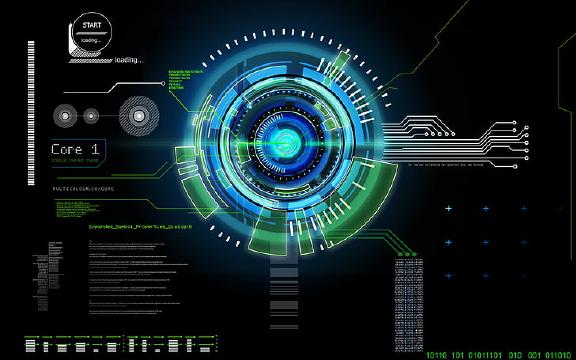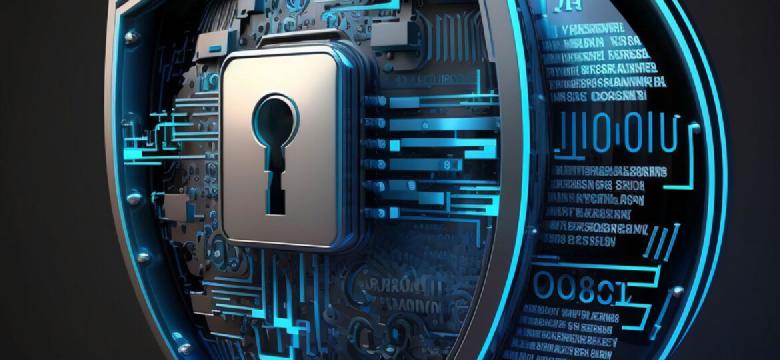Excerpt§
This blog post delves into the security implications of using HMAC with SHA-1 in data encryption and authentication. It explores the vulnerabilities and risks associated with SHA-1, as well as alternative hash functions for more secure implementation.
HMAC (Hash-based Message Authentication Code) coupled with cryptographic hash functions like SHA-1 is a popular means of verifying data integrity and authenticity. However, SHA-1 has demonstrated vulnerabilities over time. This raises important questions around the risks of using HMAC with SHA-1 in today’s security landscape. In this post, we’ll examine the SHA-1 weaknesses, their impact on HMAC security, safer alternatives, and best practices for implementing HMAC.
Introduction§
HMAC is a mechanism for calculating a message authentication code (MAC) involving a cryptographic hash function and secret key. It is widely used to verify data has not been tampered with and originates from a trusted source. SHA-1 has been a commonly used hash algorithm with HMAC. But research has shown that SHA-1 is prone to collision attacks which could compromise applications relying on it. This necessitates evaluating the risks of pairing SHA-1 with HMAC and exploring more secure alternatives.
Overview of HMAC§
HMAC or Hash-based Message Authentication Code works as follows:
Involves a cryptographic hash function like SHA-1 paired with a secret key.
The key is concatenated with the message input before hashing.
Helps ensure authenticity and integrity of data.
Used in applications like digital signatures, network security protocols and more.
HMAC enhances the security of hash functions by combining them with a key for added unpredictability.
Introduction to SHA-1§
SHA-1 or Secure Hash Algorithm 1 is a popular hash function designed by the NSA and published in 1995. Key points:
Produces a 160-bit hash value.
Designed for efficiency and ease of implementation.
Based on principles similar to MD5.
Widely used historically before vulnerabilities were found.
However, research over the past decade has highlighted increasing concerns about SHA-1 security.
An free online tool to quickly verify your answersEvaluating the Security of HMAC with SHA-1§
There are a few factors to consider regarding pairing HMAC with SHA-1:
Successful collision attacks have been demonstrated against SHA-1.
This indicates weaknesses that could allow forging SHA-1 hashed data.
But HMAC offers some protection by combining a secret key with hashing.
Still, using a stronger hash like SHA-256 is recommended over SHA-1.
Brute force of short HMAC key sizes could also pose risks.
So while HMAC offers some resilience, SHA-1 weaknesses do impose security risks worth addressing.
Alternatives to SHA-1 in HMAC§
Stronger modern hash functions can be substituted in place of SHA-1:
- Popular choices include SHA-2 hashes like SHA-256 and SHA-512.
- SHA-3 is the latest hash algorithm standard published in 2015.
- These provide increased collision resistance and future-proofing.
The downsides are added complexity and computing requirements. But the security benefits often outweigh these costs.
Best Practices for Secure HMAC Implementation§
Some tips for maximizing HMAC security in practice:
Use strong hash algorithms like SHA-2/SHA-3 rather than dated ones like SHA-1.
Ensure keys have sufficient entropy and are robust against brute force attacks.
HMAC keys should be of adequate length and updated periodically.
Replace insecure hash functions proactively before vulnerabilities emerge.
Keep up to date on latest cryptographic research and best practices.
Proper key management and staying abreast of developments in crypto are essential for long-term data integrity.
Conclusion§
In closing, while the use of keys adds some security, HMAC should be paired with a strong modern hash algorithm rather than vulnerable dated ones like SHA-1. Alternatives such as SHA-256 and SHA-3 greatly improve resiliency against threats like collisions. Coupled with secure keys and robust implementation, these hashes allow HMAC to provide reliable data authentication and integrity verification. As computing power grows exponentially, continued vigilance in adopting up-to-date cryptographic primitives is key to long-term security.















